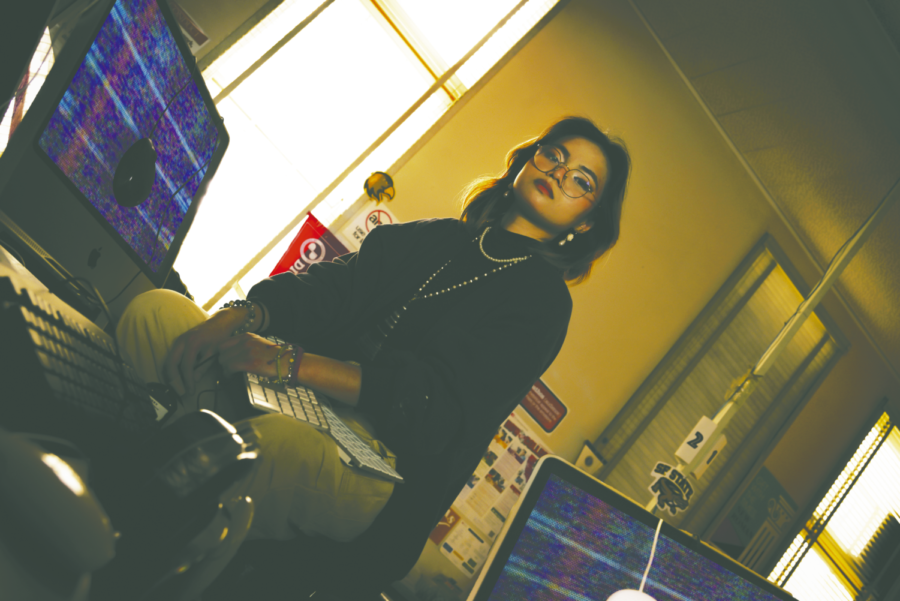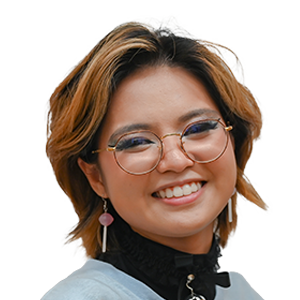The abridged version of this article appeared in the Feb. 2023 print edition of The Mirror. This is an uncut version.
In late 2022, digital artist “SamDoesArts,” also known as Sam Yang, discovered that a group of individuals had stolen his artwork and used it to train an AI art generator. Upon confrontation, the thieves dismissed Yang and threatened to take down the entire art community, including fashion and music.
As the use of AI in art has gained popularity, some online voices have claimed that those with AI can do as they please and that artists have “no right to speak to gods.”
However, on December 12, 2022, popular online illustrator Deb Lee had their art stolen by an AI “artist.” Like Yang, their complaints were ignored and brushed aside, despite the fact that the original works were created by them. These incidents are just the beginning of the problem of stolen artwork by AI.
AI art has a long history, dating back to the 1950s and 60s with AI-generated patterns. In the 1990s, artists began using AI to create music and poetry, as well as in the field of robotics. Today, AI is used in a wide range of fields, including marketing, fashion and film.
With the rise of popular AI-generated art programs like DALL-E, NightCafe, Jasper Art, Starry AI and more, debates surrounding “AI artists” and issues of theft and copyright infringement have also emerged.
Why do artists hate AI art so much?
AI art has the ability to create and improve images by scanning ones that an individual feeds it as well as by taking already existing ones from the internet. This means that the more you feed the AI new images, styles and references, the more it’s able to expand its library and create better generated images. This is what worries many artists, as anyone can have their art stolen by AI artists.
Some defend the AI artists responsible for this theft by stating that the original artist “won’t notice” the loss, due to their large following. This disregards the hard work and dedication put into the original artwork by the artist.
I am an artist. I’ve been drawing my entire life. Since 2020, I’ve been training, studying and working hard to become a concept artist in the future. I spend my time drawing, and when I’m not, I’m studying different forms of anatomy, machinery and texture. I apply to scholarships, internships and try out various forms of art to broaden my horizon. Every day, I work to improve.
A lot goes into becoming an artist. It’s one thing to see something realistic and copy something. It’s another to convey a personality, emotion and a message. People think that art is just “natural talent,” or just as simple as putting pen to paper. However when you spend so many years just studying the human body, that’s when you realize that artists work as hard as anyone. It’s disgusting to see people who don’t understand the work artists put into their career and think that the thin gray area of AI is enough to call it an “artist.”
Artists aren’t trying to stop AI art because we fear that it will take our jobs. In reality, as artists, we are trying to protect our hard work that we pour our heart and soul into.
AI is not at fault here, it’s the people who call themselves artists, but steal and claim ownership of others’ work.
I was initially excited about the potential of AI in art when it began trending on social media platforms. I saw it as a way to enhance artistic techniques. AI could be used to speed up the process of creating backgrounds, textures, details and even parts of the human body during character development. It could even help generate new ideas during the initial stages of concept art or design.
But, as unethical use of AI has become more prevalent and harmful to the art community, many artists have naturally turned against it.
When it comes to the phrase “great artists steal,” it’s not about literally taking someone else’s work. It’s about finding inspiration from the artists that inspire you and blending it with your own unique perspective and experiences to create something new.
I see the potential for AI to enhance the art world, but for artists to fully embrace it, safeguards must be implemented. These measures must prevent the theft of art and protect the hard work and creativity of true artists. It’s a violation of our rights when AI is used to steal and profit from our creations.
It’s not right, and until it’s fixed, I’m anti-AI.



